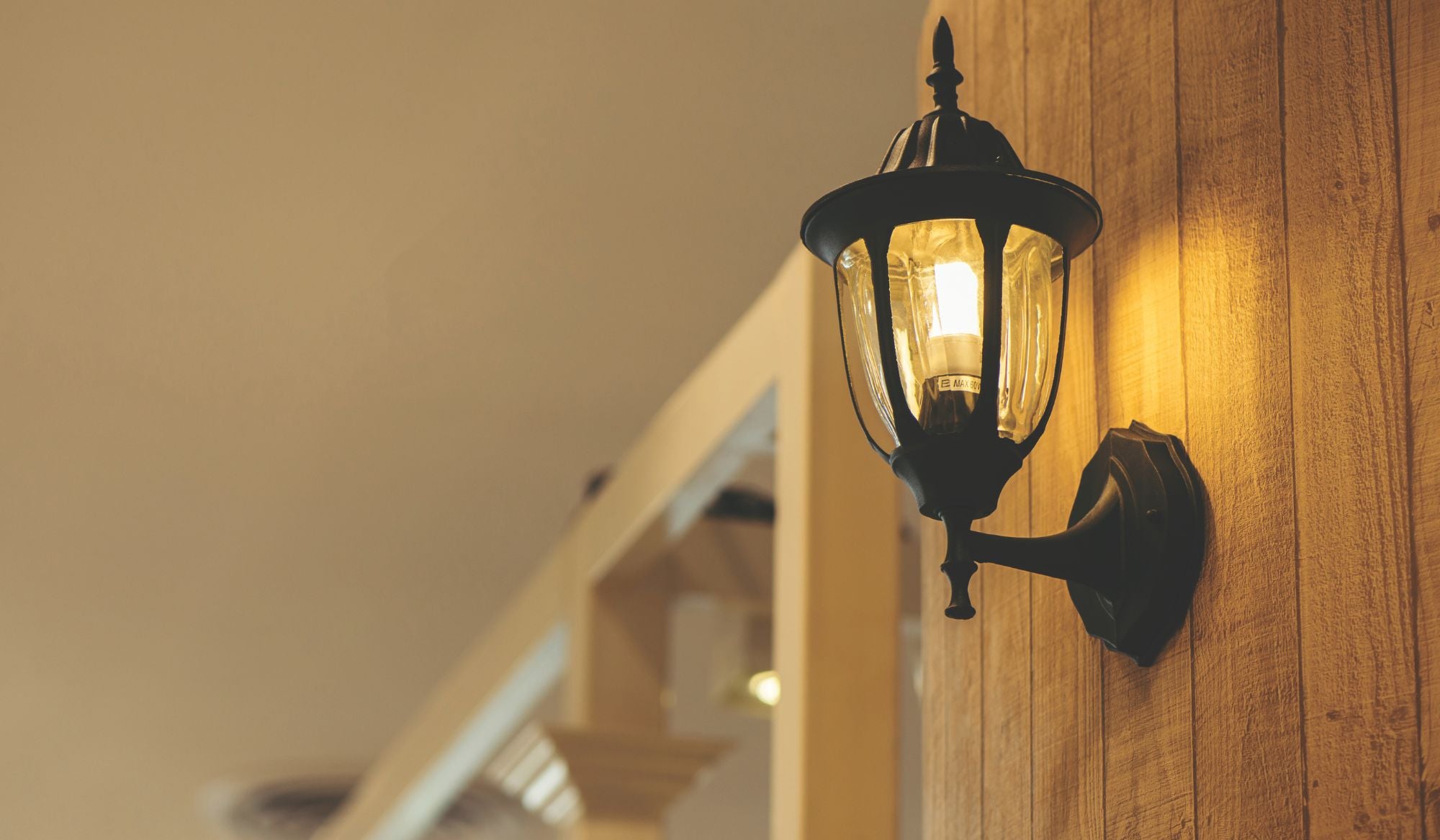Our Office: 4100 32nd Ave. S. Fargo, ND 58104
Are motion sensor lights worth it?

Motion sensor lights are a convenient lighting solution that automatically turn on when they detect movement, such as a person walking by or a car pulling into the driveway. Commonly used outdoors for security purposes, they’re also a practical option for indoor lighting.
With their growing popularity, many wonder if motion sensor lights are truly worth the investment. Let’s explore their benefits and drawbacks to help you decide.
The benefits
Energy savings
One of the main reasons homeowners opt for motion sensor lights is to cut down on electricity usage. These lights only activate when needed, meaning you’re not wasting energy keeping them on unnecessarily. Over time, this can lead to noticeable savings on your energy bill.
Eco-friendly
By using less electricity, motion sensor lights help reduce your carbon footprint. If you’re looking for small ways to live a more environmentally conscious lifestyle, installing motion sensor lights can be a simple yet impactful choice.
Enhanced safety and security
Motion sensor lights can deter potential intruders by illuminating dark areas whenever movement is detected. This unexpected light can make burglars think twice about targeting your home or business, offering you an extra layer of protection.
The drawbacks
False activations
One downside of motion sensor lights is that they can sometimes be triggered by non-threatening movements, such as wind-blown branches, passing animals, or even heavy rain. These false activations can be inconvenient, especially if they disturb your peace or waste energy.
Inconsistent turn-offs
Another common complaint is that motion sensor lights don’t always turn off as intended. For instance, a light might stay on longer than necessary or reactivate repeatedly due to nearby activity. This can be frustrating, particularly if it disrupts your sleep or other routines.
Light pollution
While motion sensor lights use less energy than traditional lights, they can still contribute to light pollution—excessive or misdirected artificial light that impacts the environment. Bright outdoor lights, especially in urban or suburban areas, can obscure views of the night sky, disrupt wildlife behavior, and negatively affect human health by interfering with natural sleep patterns. To minimize light pollution, it’s important to position motion sensor lights thoughtfully and use bulbs that produce warmer, less glaring light.
Are motion sensor lights right for you?
Deciding whether motion sensor lights are a worthwhile addition to your home depends on your needs and preferences. If you’re looking to save energy, reduce costs, and enhance security, they can be a smart choice. However, if you prefer a lighting solution that stays consistently on or off, traditional lighting options might be more suitable.
Ultimately, motion sensor lights are a practical and eco-friendly option for many households, but understanding their limitations will help you determine if they’re the right fit for your space.
